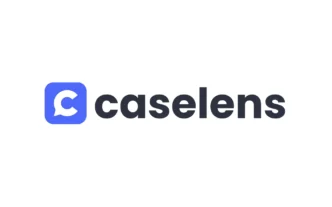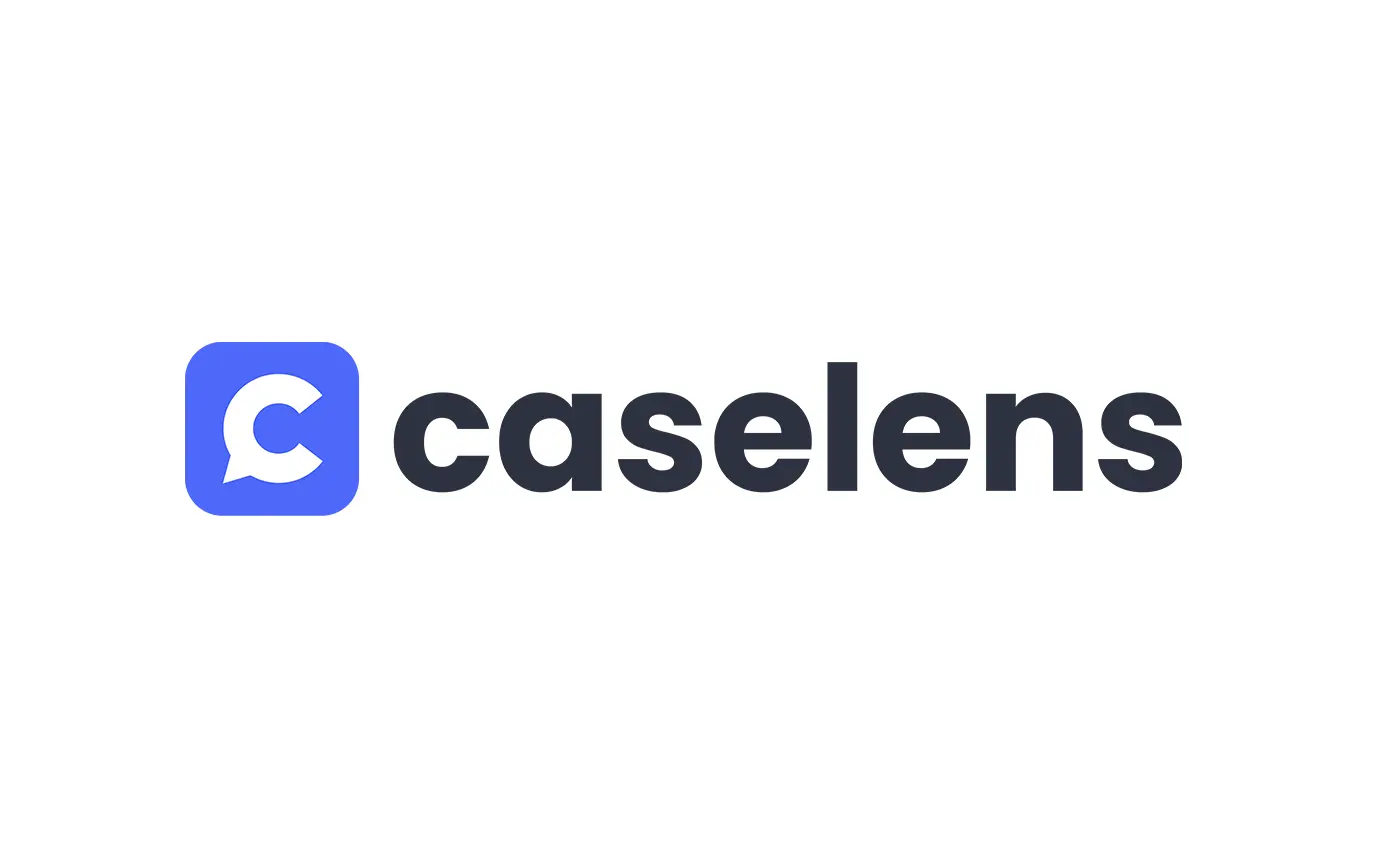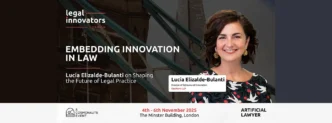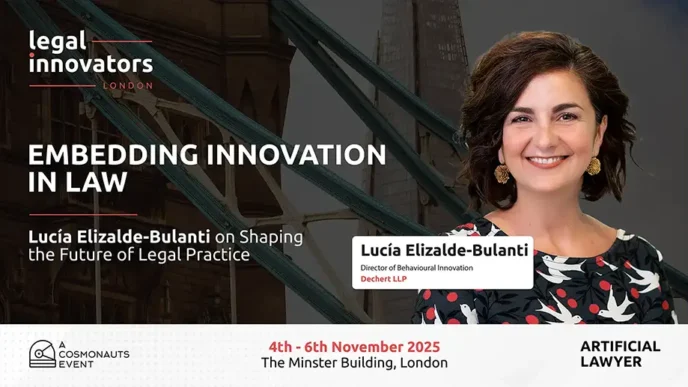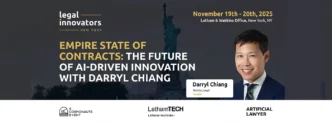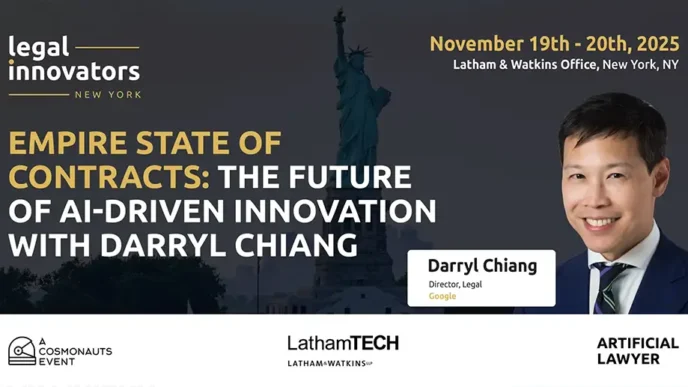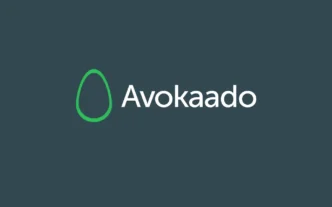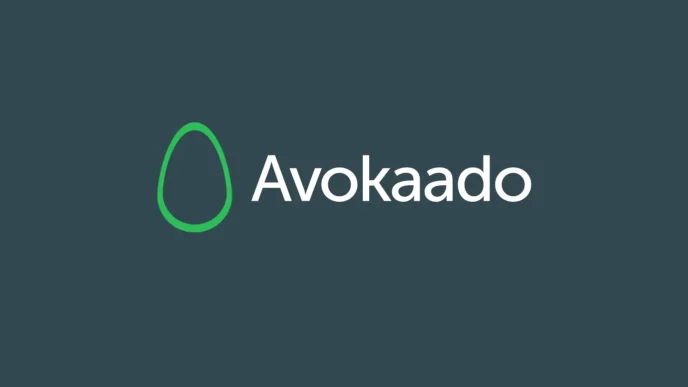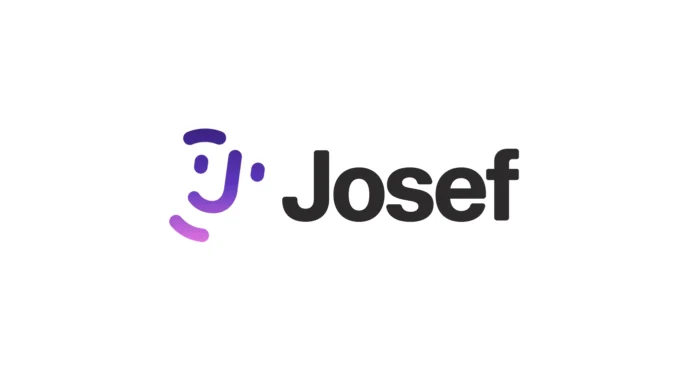
If you’ve ever prepped for international arbitration, you know the drill: hundreds (if not thousands) of documents, a labyrinth of timelines, and that creeping anxiety that you’ve missed a key fact buried in a scanned PDF. It’s not glamorous work, but it is mission-critical. And while most legal AI tools are busy pitching themselves as general-purpose copilots, CaseLens has taken a very different route.
They’ve hired 6 AI junior associates. And they don’t need sleep.
These AI teammates don’t just skim documents, they also chronologize events, summarize arguments, search and tag key exhibits, and verify citations with what can only be described as near-obsessive precision. It’s case preparation on turbo mode.
Focused AI, Not Flashy AI
While some platforms stretch themselves thin trying to be everything for everyone, CaseLens goes deep into one very specific, but very complex, legal niche: international arbitration and high-stakes litigation. It’s not about novelty. It’s about surgical efficiency in document-heavy environments where clarity can make or break your argument.
So why this level of focus?
We asked Co-Founder and CEO of CaseLens, Aram Aghababyan, what made him decide to build for arbitration specifically. We were interested to know whether there was a moment, maybe a case or an experience, that led him to the realization the existing tools weren’t cutting it?
According to Aram, “[They] first explored contracts, thinking it would be an easy entry into legal tech. But the market was crowded, and raw LLMs were already performing on par with specialized tools.” But the CaseLens team wasn’t deterred. “So we turned to a tougher challenge. International disputes involve massive, complex document sets that are far harder to automate.
The real strength of LLMs isn’t generating text, it’s reading with a level of consistency no human can match. Arbitration is the perfect environment to apply that. With my professional and academic background in arbitration, it was a natural choice to build where we had both insight and an edge.”
Chronologies in Hours, Not Weeks
One of CaseLens’ standout features is its AI-generated chronologies. You upload a chaotic file set: PDFs, Word docs, even imperfectly scanned images from a client’s phone, and the platform builds a clean, source-linked chronology of events. Every entry is verifiable, every source cited.
It’s the kind of tool that turns a late-night Red Bull-fueled strategy session into something…almost enjoyable?
And this does not mean there is a trade off when it comes to accuracy. We asked Aram how CaseLens ensures the accuracy and defensibility of the AI-generated chronologies, especially in proceedings where even the smallest factual slip could be damaging.
Aram: “We’ve built an AI system that starts by processing documents in every format, including scanned and non-readable ones. Pre-processing is critical, and getting it right sets the foundation for everything that follows.
Once the documents are prepared, we run them through multiple language models for up to 20 hours. During this process, the system generates summaries, extracts entities, identifies events, and captures many other factual elements needed for case preparation. Unlike legal chatbots that produce instant but questionable answers, we process documents for hours, making tens of thousands of LLM calls to ensure no detail is overlooked, not even a date buried in a footnote.
The outcome is a dashboard with a level of accuracy and defensibility that goes far beyond what legal chatbots can achieve.”

The Source of Truth (Without the Hallucinations)
One thing the CaseLens team is keen to emphasize: this isn’t just another large language model bolted onto a chatbot interface. All outputs are grounded in verified sources, and the system is built with zero data retention, powered by a secure partnership with Microsoft Azure. That’s especially important in a practice area where confidentiality is absolutely critical.

There’s a lot of concern about hallucinations and unverifiable AI results. We asked Aram how CaseLens manages to balance speed with that level of factual precision, and what trade-offs needed to be made to get that right?
Aram: “Hallucinations are an inherent part of working with large language models. At CaseLens, we focus on making them easy to spot and verify. For every output, we include source excerpts so users can immediately check the underlying evidence.
We also run parallel checks using multiple models to reduce the risk of factual slips. The result is a system where even if something goes wrong, verification is just one click away. That is how we balance speed with precision.”
A New Kind of Teamwork
The concept of 6 AI associates might sound like branding, but it reflects a deeper product logic: each AI ‘associate’ handles a different slice of the case prep puzzle. One focuses on event chronology, another on citation accuracy, another on searching across formats (even image files), and so on. Together, they simulate the distributed workflow of a lean but efficient case team.
This got us thinking, what’s the logic behind breaking down the work into 6 specialized AI associates rather than building one unified tool? How does that affect user experience or adoption?
Aram: “We call them associates, but we are not aiming to replace human associates. These are features that generate core case preparation artifacts such as chronologies, summaries of arguments, relationship maps, witness statement checks, and so on. Each tool focuses on a specific task and delivers results with a level of accuracy that often exceeds manual work.
Lawyers still need to review the output, but instead of starting from scratch in Word or Excel, they work with interactive ready-made dashboards.
Our tool handles the repetitive, detail-heavy tasks human associates usually do manually, freeing up their time and intellectual resources for more valuable and enjoyable legal work. This allows legal teams to start shaping their strategy from day one.”
Built for the Fog of (Legal) War
At its core, CaseLens isn’t only about reducing legal case load, but about reducing uncertainty. When you’re walking into an arbitration, you don’t just want to know what your case is about. You want to own every fact in it. And that’s what the platform promises: no second-guessing whether you caught everything in the data room, no more playing document Tetris.
It’s still your case. You’re still making the calls. CaseLens just clears the fog a little faster.
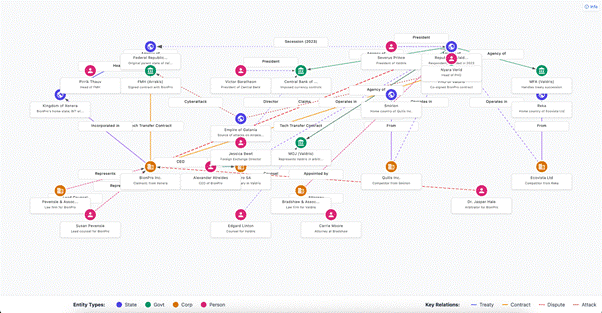
Given the fact-heavy nature of legal fields such as arbitration, we asked Aram how he sees the relationship between AI and legal judgment evolving, and whether lawyers should be worried about over-relying on automated prep tools?
Aram: “We see these tools as giving lawyers superpowers, not replacing them. Studies have shown that lawyers can be inconsistent and prone to errors when handling repetitive document review tasks manually. CaseLens helps them spot details the human eye often misses.
Legal judgment still matters, and always will. But instead of spending hours on manual review, lawyers can shift their focus to more strategic and creative parts of their work. The tools handle the heavy lifting, so lawyers can make better decisions with more confidence.”
From Overwhelm to Strategy
Maybe the biggest shift CaseLens offers isn’t just in time saved, but in how that time is reallocated. Less time stuck in the weeds means more space to think, analyze, and build persuasive narratives. In that way, it’s not just an AI assistant. It’s a rebalancing act.
And for legal professionals juggling intense prep cycles and client pressure, that’s not a luxury. It’s a lifeline.



